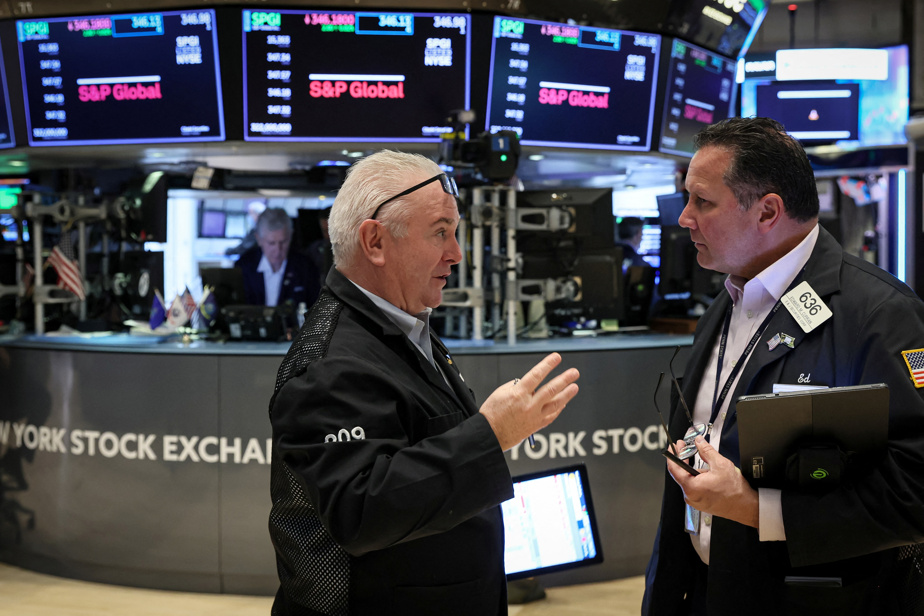(New York) The New York Stock Exchange moved in scattered order shortly after the opening on Wednesday, still hesitant awaiting new macroeconomic data to gauge the state of the American economy and to estimate the monetary trajectory of the Federal Reserve (Fed).
Around 9:55 a.m. (Eastern time), the Dow Jones was up 0.14%, the NASDAQ index gained 0.11% and the broader S&P 500 index fell 0.01%. All three indices had opened in the red.
“The market is struggling to find direction,” says Adam Sarhan of 50 Park Investments. “He is looking for the next catalyst, the next indicators that will help investors determine what the Fed is going to do. »
The ISM activity indicator in the manufacturing sector for February should give an indication of economic activity in the United States on Wednesday, but operators are currently more interested in the services sector, including the ISM index. will be released on Friday.
For Patrick O’Hare of Briefing.com, the tone on Wall Street remains the same as that observed in February, which concluded with a contraction of 2.6% in the S&P 500. “The market weather remains difficult to predict because that the atmosphere is unstable,” the analyst said in a note.
The mood is also tarnished by a further rise in bond rates, after a lull at the start of the week.
The yield on 10-year US government bonds stood at 3.95%, against 3.92% at the close the day before. The one-year rate, which is more representative of operators’ expectations in terms of monetary policy, rose back above 5%, to 5.01%.
Attracted by higher rates than they have been for at least 15 years, investors are returning to the bond market, to the detriment of equities, which are already in bad shape.
“If you can earn 5% interest on US Treasuries which are a priori risk free, why would you want to put that money in the stock market which is very uncertain because of the Fed and inflation? asked Adam Sarhan.
On the odds, Novavax tumbled (-24.59%). The laboratory mentioned Tuesday evening after the closing of the Stock Exchange a possible cessation of payments linked to the end of a contract with the American government and a dispute with the international organization Gavi about the purchase of 350 million doses of its COVID-19 vaccine.
The electric vehicle manufacturer Rivian also slipped (-13.63%), weighed down by a lower quarterly turnover than expected by analysts and a production target for 2023 of 50,000 vehicles, significantly lower than expected by the market.
HP was sought after (+0.63%) despite a turnover down nearly 19% in the first quarter of its staggered financial year, which ended in January, weighed down by the lack of appetite for personal computers in a macroeconomic context uncertain. The group nevertheless did better than expected in terms of net profit and expects the market to recover in the second half.
The fast-food chain Wendy’s progressed (+0.77%) after the publication of results generally in line with analysts’ expectations, with strong growth in all the group’s regions, particularly internationally, and the good performance of its margins, despite inflation.
The DIY and household equipment brand Lowe’s was penalized (-3.62%) after reporting quarterly sales and a revenue forecast for the current year both below expectations .
Driven by Chinese PMI activity indicators for February that are much higher than economists’ projections, Chinese companies listed on Wall Street are prancing along, like the e-commerce platforms JD.com (+3.26%) and Alibaba (+ 3.92%).
